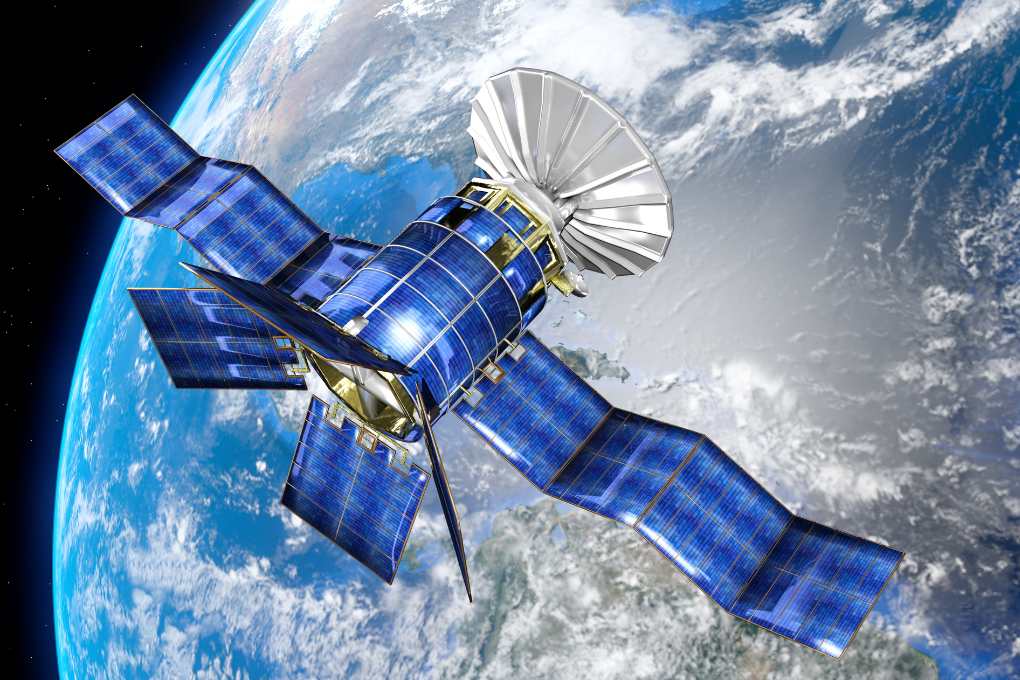Satellites have revolutionized our ability to predict dangerous weather events. These advanced tools, orbiting Earth in space, provide meteorologists with valuable data and imagery for tracking storms, hurricanes, tornadoes, and other severe weather phenomena. Satellites offer scientists an overhead view of Earth’s atmosphere; helping them study weather patterns more thoroughly and predict more accurately than ever.

Enhance Monitoring Capabilities
Satellites have greatly enhanced our capacity to monitor dangerous weather conditions in real time. By taking high-resolution images of Earth’s surface and atmosphere, satellites capture high-resolution images that allow them to monitor changes in weather patterns as well as storm movements with pinpoint precision, providing essential data necessary for issuing timely warnings or evacuation orders in case of severe storm events.

Accuracy of Forecasting has increased.
Satellites enable meteorologists to provide more precise weather forecasts. By analyzing satellite data, scientists can gain a greater understanding of atmospheric dynamics and forecast severe weather systems more accurately. Thanks to this advanced technology, meteorologists are now more accurate in forecasting hurricanes, tornadoes, and other life-threatening weather events, saving lives while mitigating damages.
Satellite Technology Has Many Advantages
Satellites offer many advantages when used for weather forecasting. First and foremost, satellites provide global coverage, allowing meteorologists to observe weather patterns across the planet from space. Scientists can then track storm movements across different regions while anticipating their impact.

Early Warning Systems
Satellites serve an integral function in early warning systems for dangerous weather events. By tracking changes in atmospheric conditions and keeping an eye on storm formation, satellites can provide timely alerts to communities at risk and reduce the impact of severe storms, potentially saving lives in their wake.
Data collection and analysis.
Satellites collect vast amounts of weather-related data on weather patterns, temperatures, and atmospheric conditions. Meteorologists use the data gathered by satellites to forecast the behavior of severe weather systems. Satellites offer invaluable insight into Earth’s atmospheric dynamics while helping scientists better comprehend factors contributing to dangerous weather events.
Future Potential of Satellite Technology
Weather forecasting’s future lies with satellite technology. Scientists are continually creating more precise satellites with enhanced monitoring and prediction capabilities for dangerous weather events. Such innovations promise to expand our view of Earth’s atmosphere while improving the forecasting of severe storm events.

Integration with Artificial Intelligence
Artificial intelligence (AI) algorithms represent an exciting development in satellite technology. AI algorithms can analyze vast amounts of satellite data in real time and detect patterns and trends that human analysts might miss, providing meteorologists with even more accurate weather forecasts and early warning systems against hazardous weather events.
Enhance Resolution and Sensitivity Capabilities
Future satellites will likely feature enhanced resolution and sensitivity, enabling more detailed observations of Earth’s atmosphere. Scientists can then study weather patterns on a microscale while making more precise forecasts about severe weather systems’ behavior. Such advances should revolutionize weather forecasting while expanding our view of dangerous weather events.
